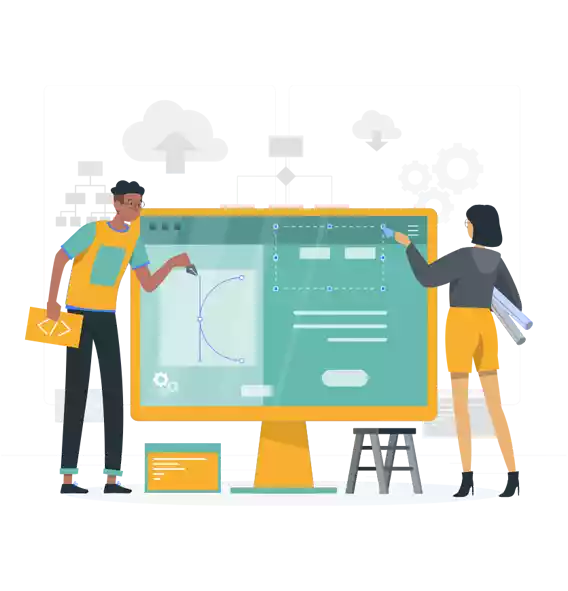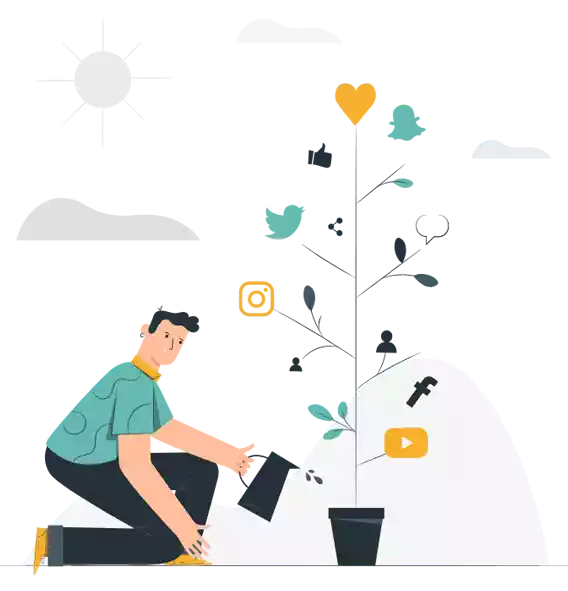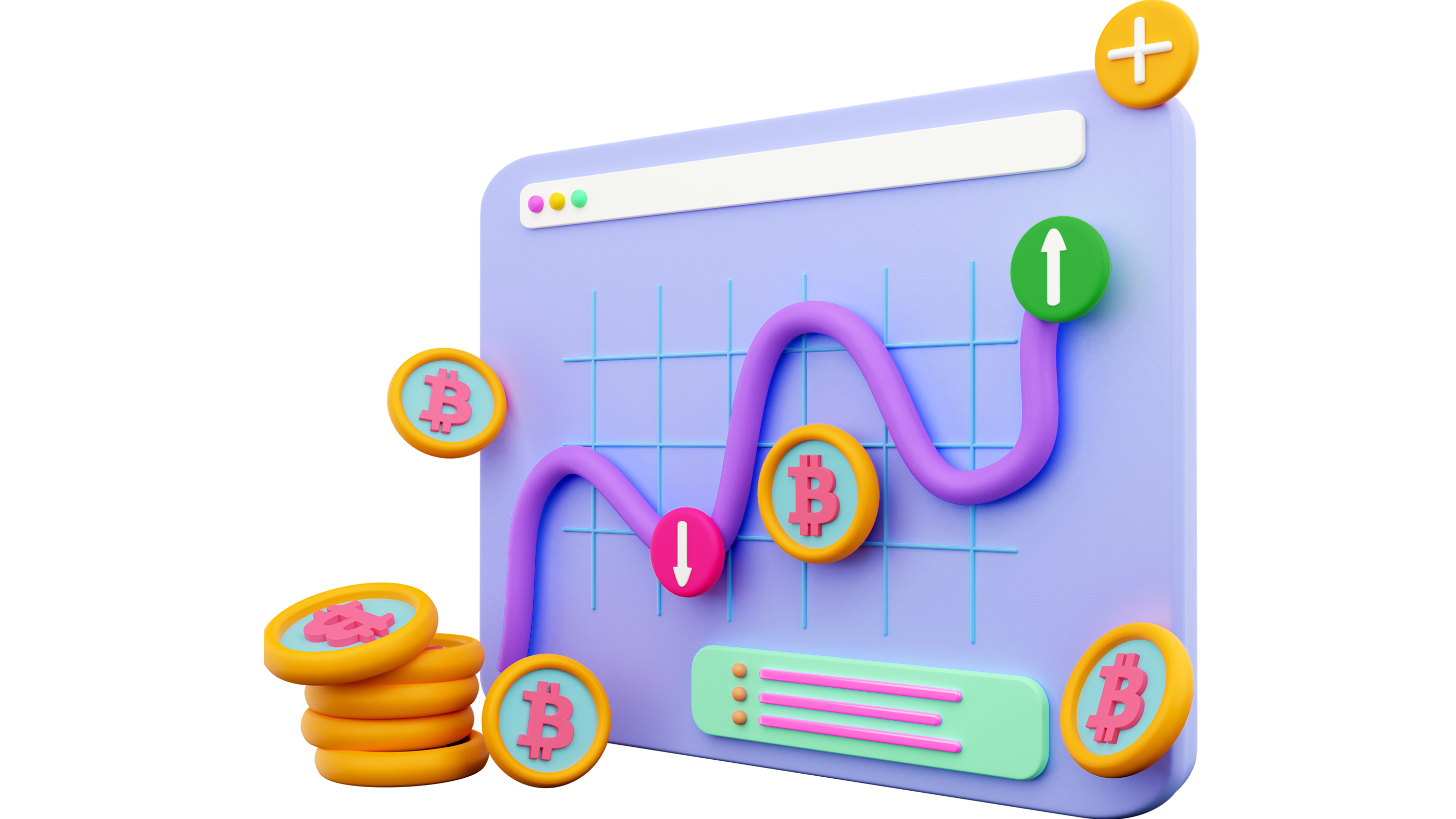The brand-new version of Google Chrome takes advantage of modern technologies to speed things up. It was recently reported that Google Chrome now uses interactive screenshots to improve website load times by up to 20% using an innovative feature named “Freeze Dried Tabs”, the browser can pause loading pages until they’re needed, allowing the user to quickly start browsing without waiting for everything to load. This means faster startup times, fewer data usage, and significantly reduced lag compared to older browsers.
Making Websites Load Faster
The process of delivering websites is slow but can easily be made faster by removing unnecessary components. For example, instead of including the entire JavaScript library, only include what your site needs. Also, remove any CSS stylesheets that aren’t used. Finally, minimize the number of requests needed to load a website by combining resources into one big file.
This process can be daunting which is why Chrome’s approach is to show interactive screenshots.
Freeze Dried Browser Tabs
Browser tabs are one of those things that make life easier by allowing us to quickly jump between multiple websites. However, they can be a pain if you want to save them permanently or even access them offline. You could keep them in your browser’s history but that might be tedious to find later. Or you could copy the URL of each tab into a text file and then try to remember where you saved it and that could get pretty annoying. Then there’s also the issue of the original website changing its code to prevent people from accessing old pages, so what was once available to you may no longer exist after all. Thankfully there’s a much better solution for saving your tabs, and it’s called freeze-dried web browsers.
A freeze-dried tab can be used to create fast-loading pages but it isn’t available for every site that a Google Chrome user visits. Instead, this is a way to speed up transitions like when you switch from one tab to another or when you start using a new browser.
According to a recent Chromium blog post entitled “Speeding up Chrome on Android Startup with Freeze Dried Tabs” which was released last September 15.
“Rendering web content can be computationally intensive and can feel slow at times compared to a native application.
A lot of work needs to be done to dynamically load resources over the network, run JavaScript, render CSS, fonts, etc.
On mobile devices, this is particularly challenging and Chrome can often only keep a handful of web pages loaded at a time due to the memory constraints of the device.
This leads to the question of whether there is a lighter-weight way to represent web content when the situation calls for it—for example, in transitional UI like the tab switcher or during startup when a lot of warm-up work is occurring.”
When you open a new tab in Google Chrome, under normal conditions, it usually takes about 3.4 seconds for the page to fully load. Studies have shown that the user experience improves when websites load up to 20% faster, which results in an average of 2.8 seconds to display all of a web page.
It has to be stressed that this technique freezes an entire web page so that visitors don’t need to load any scripts or even scroll down to read things that aren’t visible at first sight.
An important quality of this solution is its ability to avoid any layout shifts between the frozen interface and the live version.
How Do Freeze Dried Tabs Work?
To demonstrate what was possible with a new feature called “Freeze-Dry Tabs”, Chrome in its recent announcement explained how they do the process.
“To Freeze Dry a web page we capture the visual state of the page as a set of vector graphics along with any hyperlinks.
We can then “reconstitute” (playback) these vector graphics in a lighter-weight fashion by simply rastering the vector graphics.
This reduces the rendering cost of showing a full web page (including the content outside the viewport) and still supports hyperlinks.”
While freeze drying a browser tab doesn’t save any additional data, it saves you the trouble of saving the entire page every single time. Plus, when you freeze a page, you retain control over the entire process.
The screenshot tool is currently available only for Chrome Beta but it is expected that it will soon become part of the stable release of the browser like what it does to its recent updates.
Final Thoughts
Google Chrome now shows interactive screenshots to help reduce the time it takes to load websites. The use of “‘Freeze Dried Tabs” as its technology, allows a person to see a webpage instantly while keeping it accessible online, making it perfect for transitional interfaces such as switching from one tab to another. This is also good news not just for webmasters but also for all web publishers because this may lead to faster page loads, which could potentially lead to higher rates of visitor satisfaction.





















